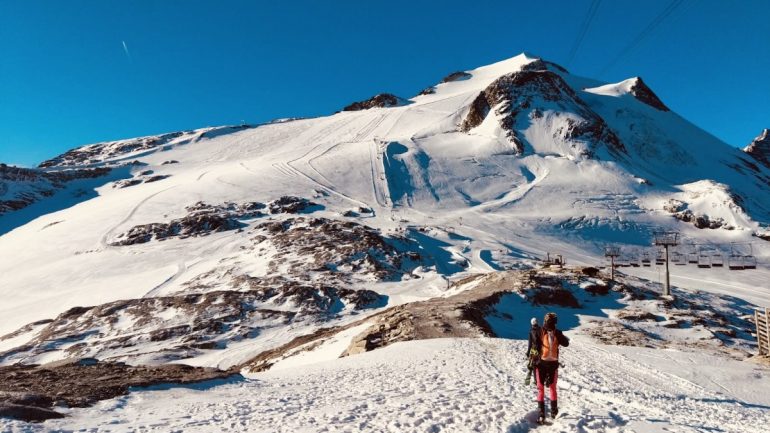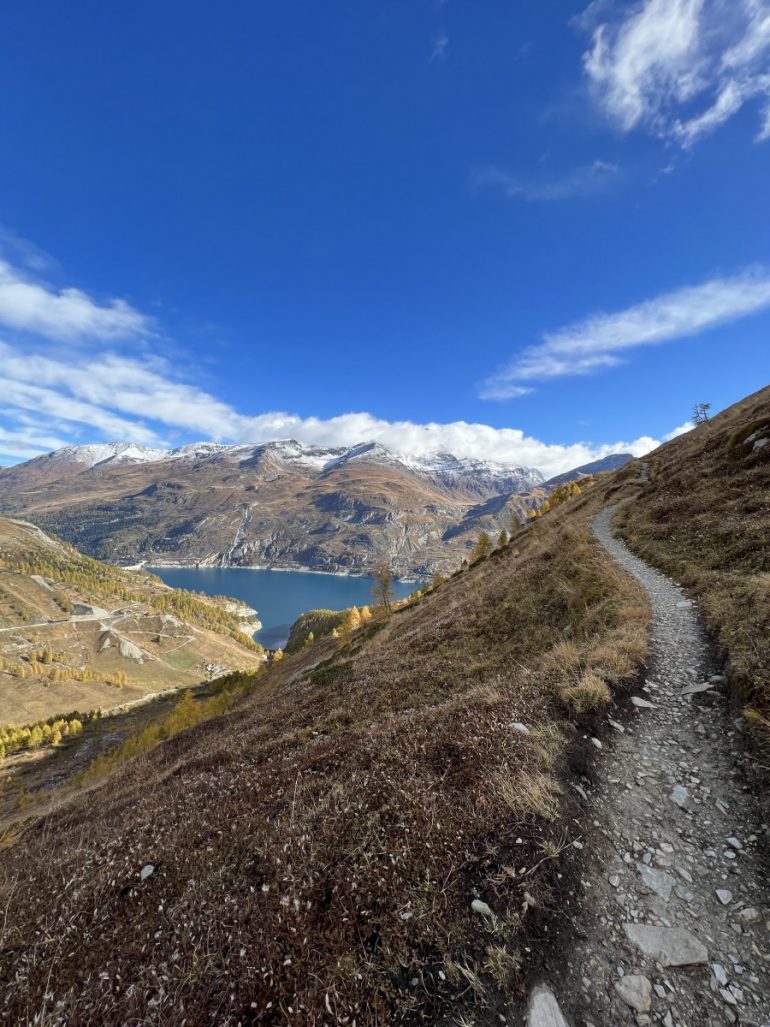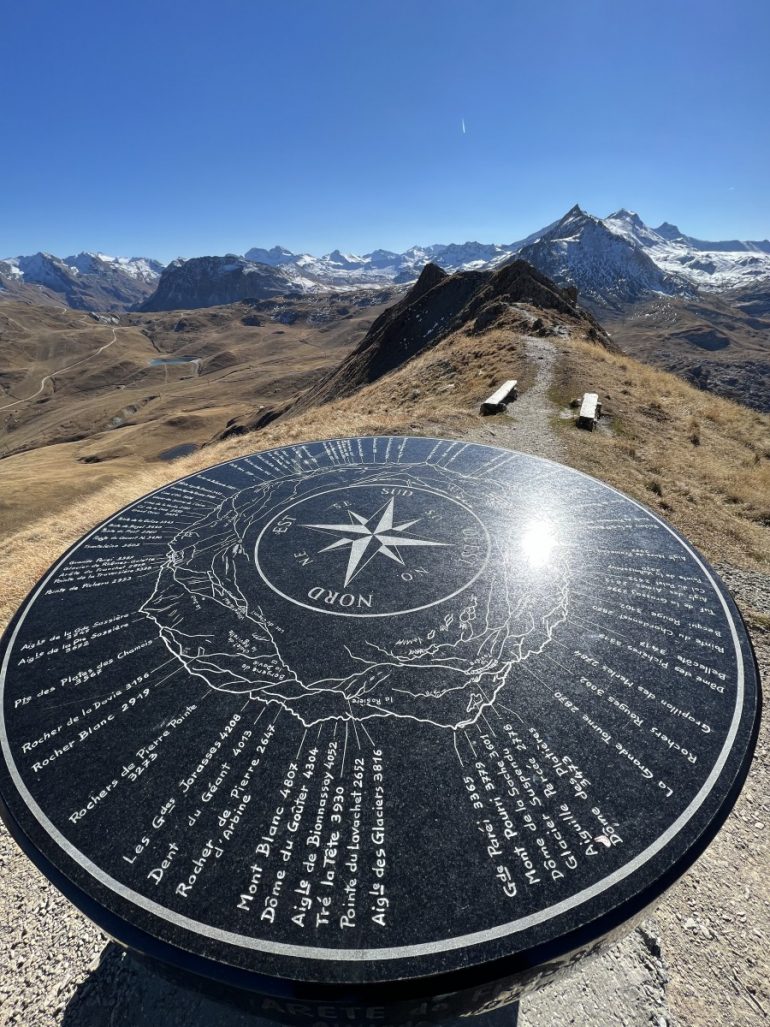Nineteen-year-old Grace Staberg is a student at the London School of Economics and flies uphill on the skimo World Cup. She recently settled in France and will be writing about her experiences for WildSnow this season.
As someone who spends more time in spandex than on my backcountry set-up, I’ve spent much time explaining that, yes, there is a World Cup circuit for the people who like to go uphill.
I’ve raced the full World Cup schedule for the past two years, living in Europe to accommodate the relatively packed race calendar. And for the past two years, I’ve found myself arriving to the first half of the season feeling underprepared. I have an intact base of high altitude endurance training but a complete lack of speed or explosiveness. Stateside, I live and train in Colorado – missing those race gears you get from working on turnover at lower elevation. It turns out that living at 10,000 makes it quite hard to race fast when you’re at half that elevation on race day. As I became more competitive racing, in winters and summers alike, I began to look more critically at the effects of altitude on training.
So this year, in search of that season with no regrets, I decided I’d move to Europe earlier to ski on the Grande Motte Glacier, near Tignes, in October and November. A little fall training camp of sorts; meant to force me to transition from my long, meandering endurance days of the summer to quicker, higher intensity training as the race season approaches. It took a staggering sales pitch to convince renters to believe that a 19-year-old would choose early bedtimes over throwing parties. Finding a place to live in Tignes was a feat of endurance, as were vaccination proofs and COVID test hurdles en route from the US-UK-Switzerland, and finally France.
The past few years I’ve been spending increasingly more time in France, and each time I leave it feels a bit more like leaving home. So, after a few consecutive years of flying to Los Angeles in August to apply for a visa, last year I decided I’d apply for a residence permit instead. To secure the residence permit, I had to prove I was a “person of international renown,” a process that consumed countless hours, eye-rolls from friends, and multiple forests worth of trees last winter. My “Carte de Sejour” will last for four years, allowing me to enter France freely under the prestigious sounding (but not actually prestigious) “Talent Passport” designation.
I held out on announcing my arrival to France and settling into my new home until my ski bag arrived on my doorstep — the skimo season officially began. My first day on skis went as expected, incredibly high on the stoke factor, a little less so on the ski-specific fitness factor. A fatigued upper body was enough reason to transition from a running centric training program, to one geared towards skimo, early in the fall. Whether it be with a contrived glacier camp, more hiking with poles, or skimo laps on your local dirt road, it’s bound to pay off come the start of the race season in November.
I’ve been living in Tignes now for a few weeks. In addition to the obvious benefit of consistently training on snow in the early season, I found that my transition to Tignes marks a mindset shift necessary for a season of racing. October in Summit County means dark morning training and cold, windy afternoon doubles. For me, October is marked by running in my down jacket, getting in much more L2 than Threshold and spending my time plopped in front of a fire. While hours spent admiring the leaves in a low heart rate zone are great for my soul, they don’t do much to build the top end speed and turnover that I’ve identified as missing in the past. In all the best ways, it feels like hibernation, which is undeniably more of an off-season mindset than a pre-season mindset.
I’m surrounded by other professional skiers- both nordic and alpine- here in Tinges, the energy is contagious. In the absence of my family’s fireplace, I find myself inspired by the other athletes and the collective energy on the glacier. Waking up excited for things I normally wouldn’t be excited for (transitions practice, gym workouts, mobility work…) and things I’m always excited for (sunrise runs, glacier skis, interval workouts.)
Tignes is in the Tarentaise Valley of the French Alps, and the glacier sits at an elevation of just above 3,000 meters, meaning it holds snow all year. A funicular provides easy access to the glacier from the villages, situated slightly lower in the valley. The first few days in Tignes I took it easy, running or skiing about 3 hours a day and getting in a few strength sessions. On day five, I finally started to feel like myself in workouts and increased my volume a bit for the weekend, getting in three quality 5-hour days, two with some light intensity. Each day I also made sure to work in some transitions practice, and I made it to the gym three times over the week. Which, in transitioning from running season, feels like a significant amount of strength work!
When not training, I’ve been recording and editing interviews for my podcast, doing school work (remotely, of course, I’m studying with the London School of Economics) and trying to stay in touch with people back home. I’ve also been cooking up some delicious meals with a few of my favorite finds: French figs, lots of squash and plenty of fresh bread. Over the next few months, I’ll have a rotating cast of training partners, from the Spanish team to the French team to American-turned-Frenchwoman Katie Schide. Lots of quality training to come, which means lots of quality rest as well!
I’m always excited for (sunrise runs, glacier skis, interval workouts.)
Grace Staberg grew up in Silverthorne, Colorado and races both domestically and internationally as a trail runner and skimo athlete. She races the ISMF Skimo World Cup circuit in the winter, and when not racing, can be found on long adventures in the mountains. She is the North American Record Holder for most vertical feet ascended in 24-hours and enjoys nothing more than a good sufferfest. Alongside athletic goals, she is studying Economics and Finance at the London School of Economics. Grace is also passionate about mental health advocacy, mentorship of young athletes in sport and helping others to find as much joy and gratitude in the mountains as she does.




